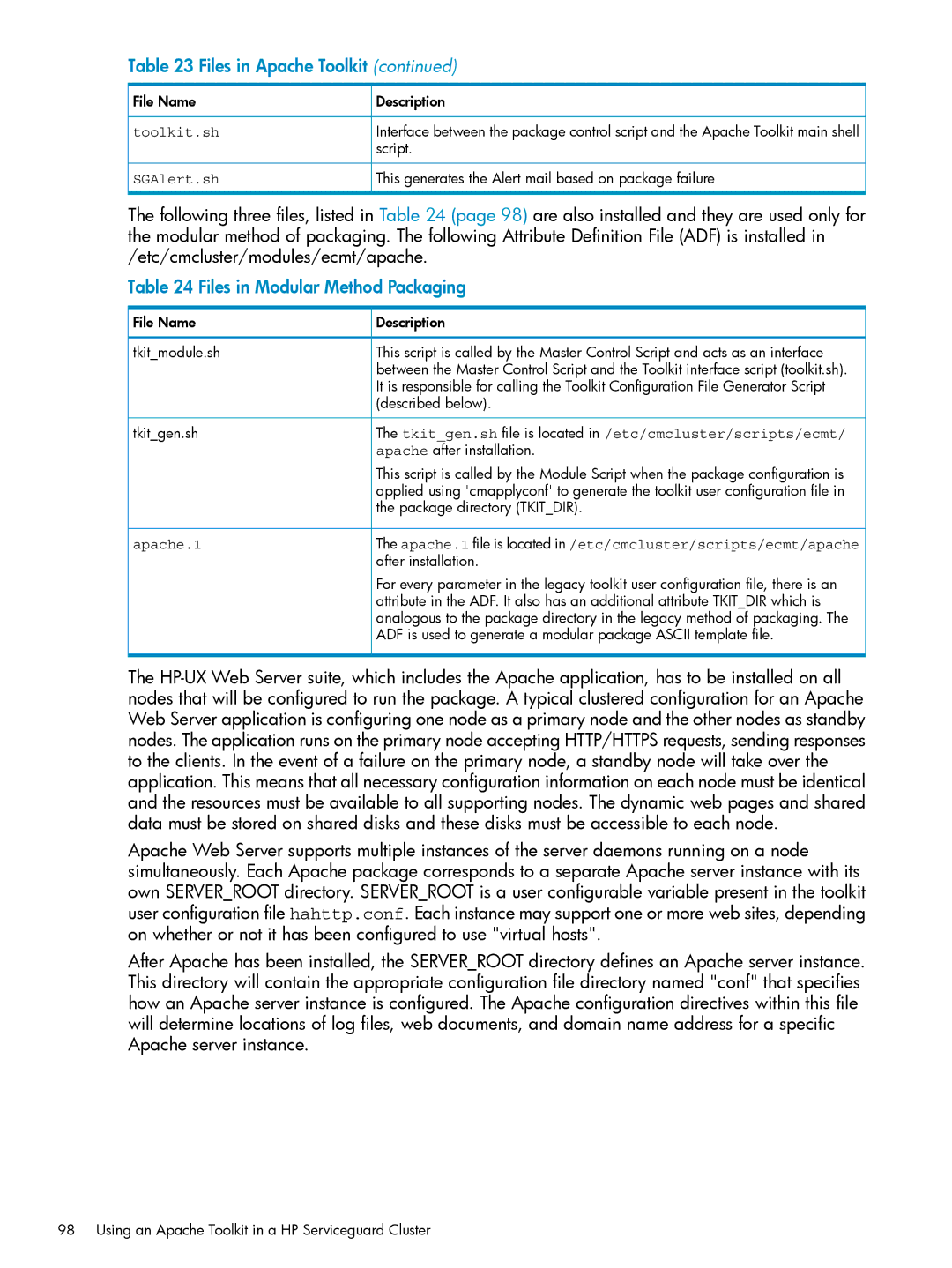
Table 23 Files in Apache Toolkit (continued)
File Name | Description |
toolkit.sh | Interface between the package control script and the Apache Toolkit main shell |
| script. |
SGAlert.sh | This generates the Alert mail based on package failure |
The following three files, listed in Table 24 (page 98) are also installed and they are used only for the modular method of packaging. The following Attribute Definition File (ADF) is installed in /etc/cmcluster/modules/ecmt/apache.
Table 24 Files in Modular Method Packaging
File Name | Description |
tkit_module.sh | This script is called by the Master Control Script and acts as an interface |
| between the Master Control Script and the Toolkit interface script (toolkit.sh). |
| It is responsible for calling the Toolkit Configuration File Generator Script |
| (described below). |
tkit_gen.sh | The tkit_gen.sh file is located in /etc/cmcluster/scripts/ecmt/ |
| apache after installation. |
| This script is called by the Module Script when the package configuration is |
| applied using 'cmapplyconf' to generate the toolkit user configuration file in |
| the package directory (TKIT_DIR). |
apache.1 | The apache.1 file is located in /etc/cmcluster/scripts/ecmt/apache |
| after installation. |
| For every parameter in the legacy toolkit user configuration file, there is an |
| attribute in the ADF. It also has an additional attribute TKIT_DIR which is |
| analogous to the package directory in the legacy method of packaging. The |
| ADF is used to generate a modular package ASCII template file. |
The
Apache Web Server supports multiple instances of the server daemons running on a node simultaneously. Each Apache package corresponds to a separate Apache server instance with its own SERVER_ROOT directory. SERVER_ROOT is a user configurable variable present in the toolkit user configuration file hahttp.conf. Each instance may support one or more web sites, depending on whether or not it has been configured to use "virtual hosts".
After Apache has been installed, the SERVER_ROOT directory defines an Apache server instance. This directory will contain the appropriate configuration file directory named "conf" that specifies how an Apache server instance is configured. The Apache configuration directives within this file will determine locations of log files, web documents, and domain name address for a specific Apache server instance.
98 Using an Apache Toolkit in a HP Serviceguard Cluster
